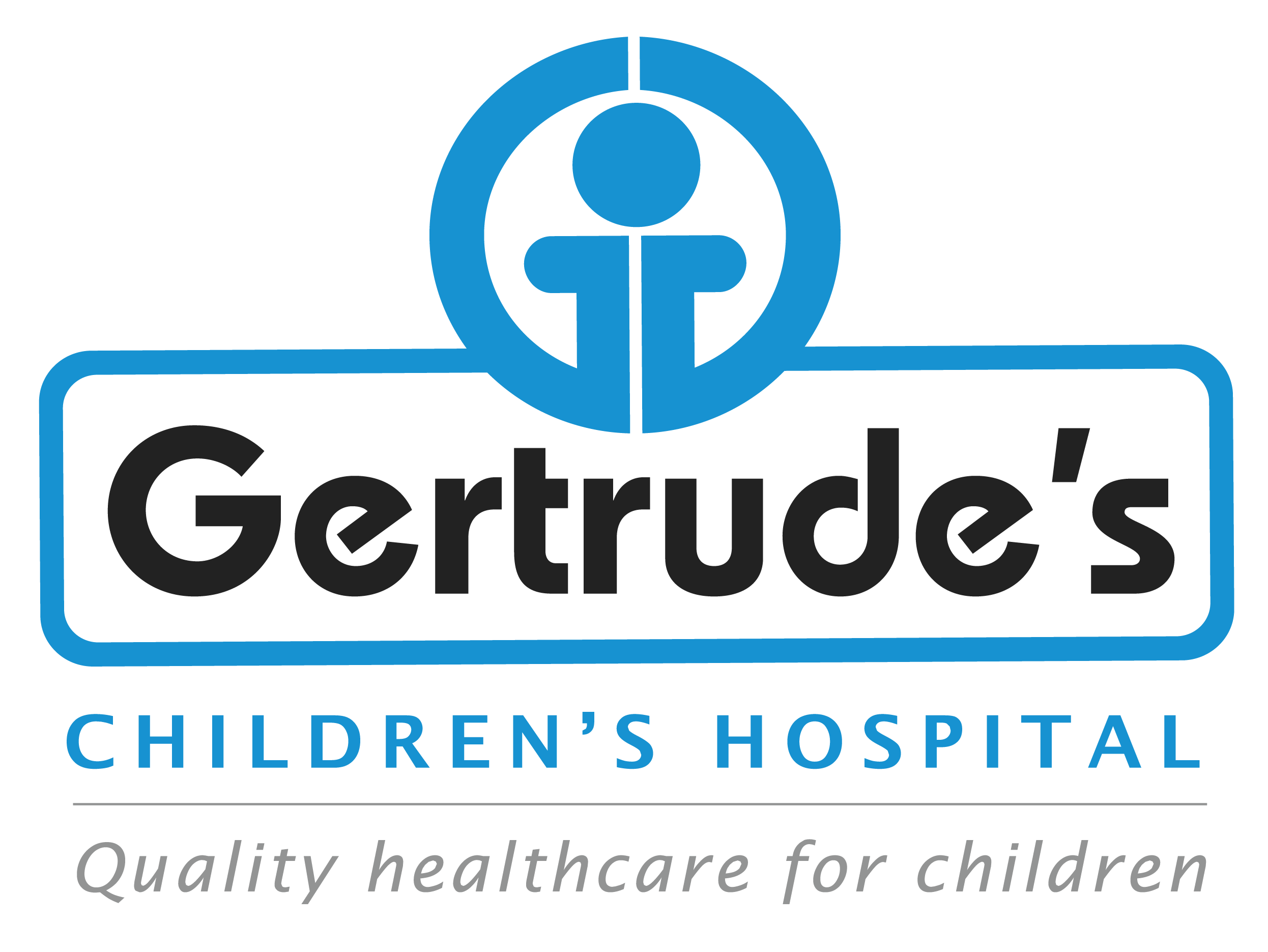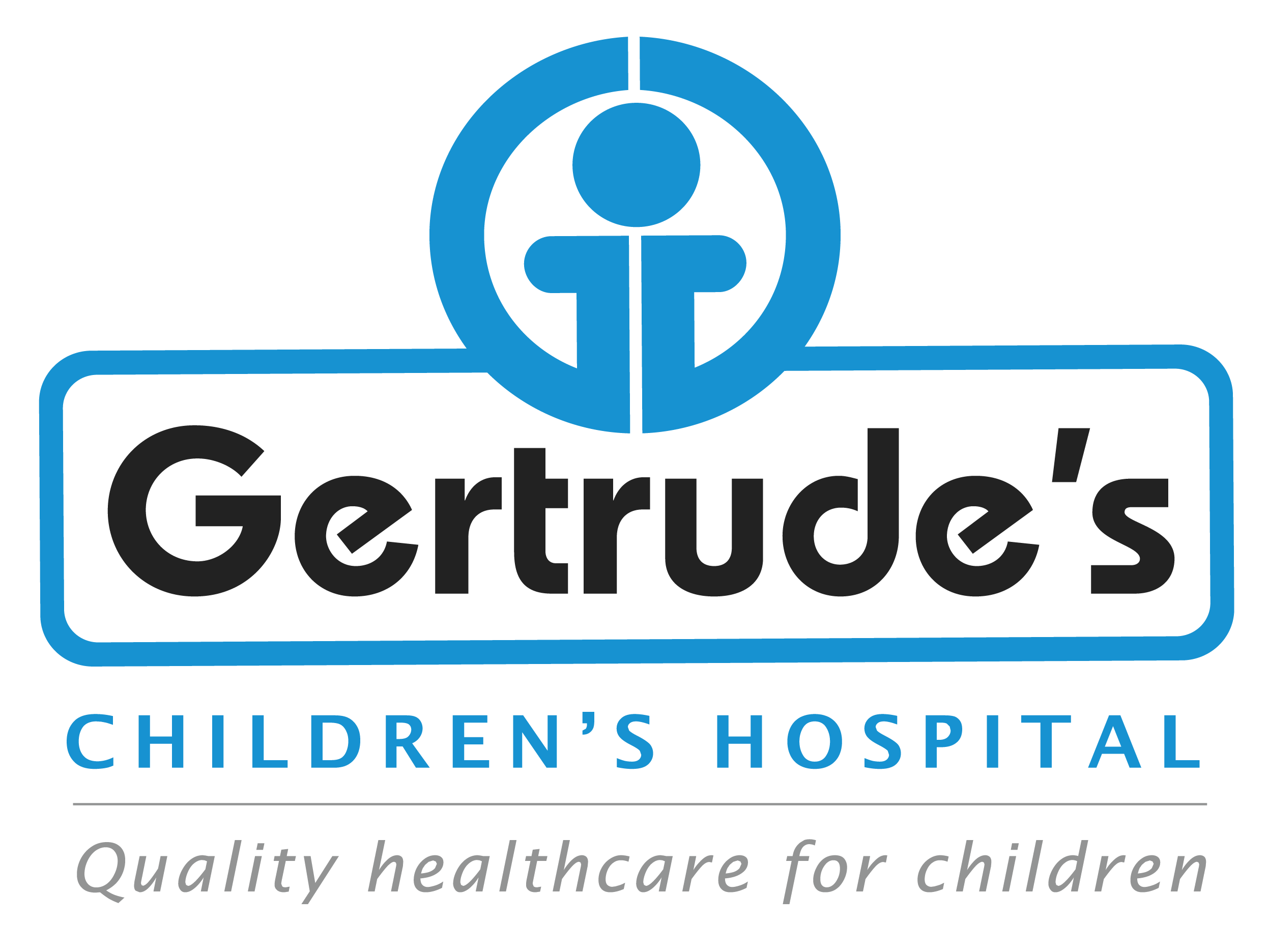Chronic Otitis Media with Effusion (OME), commonly referred to as “glue ear,” occurs when fluid accumulates in the middle ear without an active infection. It is called “glue ear” because the fluid can become thick and sticky, much like glue. This condition is common in young children and can lead to hearing problems, speech delays, and discomfort. Unlike acute otitis media, there is no pain or fever, but the persistent fluid can affect hearing and the normal functioning of the middle ear.
Symptoms
- Hearing difficulties: The most noticeable symptom is muffled or reduced hearing, which may affect your child’s ability to respond or follow conversations.
- Speech and language delays: Hearing loss due to fluid buildup can delay a child’s speech and language development, especially if the condition is chronic.
- Balance problems: Some children may experience slight balance issues due to the fluid in the ear affecting the vestibular system.
- Behavioral changes: Children may become more withdrawn, less responsive, or frustrated due to hearing difficulties.
Causes
- Lab Tests:
- Lab tests are rarely needed for diagnosing otitis media with effusion unless there’s suspicion of another condition.
- A detailed medical history and physical exam are usually enough to make an accurate diagnosis.
- CT Scans:
- A CT scan can be helpful to check for complications of otitis media, such as infections in the mastoid bone, blood clots, or bone damage.
- It’s especially useful if only one ear is affected, as it helps rule out masses in the nasopharynx or eustachian tube.
- MRI Scans:
- MRI is useful for identifying soft tissue masses that may be contributing to fluid buildup in the middle ear.
- MRI can also show how far a mass has spread, especially if it involves the brain. When combined with CT scans, MRI can give a clearer picture of both the soft tissue and bone structure.
- Tympanometry:
- This test measures how well the ear responds to sound and is one of the most helpful tools for diagnosing otitis media with effusion.
- Tympanocentesis:
- This involves using a small needle to drain fluid from the middle ear.
- It can be done in the doctor’s office, even for young children if necessary.
- Tympanocentesis is both a treatment and a diagnostic tool.
- Myringotomy:
- This procedure is the best way to confirm the presence of fluid in the middle ear.
- It involves making a small incision in the eardrum to remove fluid and offers better exposure than tympanocentesis.
Diagnosis
- Myringotomy: A small cut is made in the eardrum to drain fluid, sometimes with the insertion of a tube to keep the ear open.
- Adenoidectomy: Removal of the adenoids to help improve ear drainage.
- Tonsillectomy: This is not generally helpful as a primary treatment for OME.
Treatment Options
- Keep your child away from secondhand smoke.
- Breastfeed if possible, as it can help protect against infections.
- Avoid feeding your baby (either by breast or bottle) while they are lying flat.
- Limit exposure to large groups of children, especially in daycare centers.
- Keep your child away from other children who are sick.
- Minimize exposure to known allergens that can trigger ear problems.
Why Choose Us
Expert team
Our pediatric specialists have extensive experience in treating children.
Personalized care
We create treatment plans that fit each child’s unique needs
Support and education
We teach children and families how to care for them and prevent future cases
Advanced treatments
Access to the latest treatments and products
Contact
Please feel free to contact us with any general or medical enquiry by calling us.





